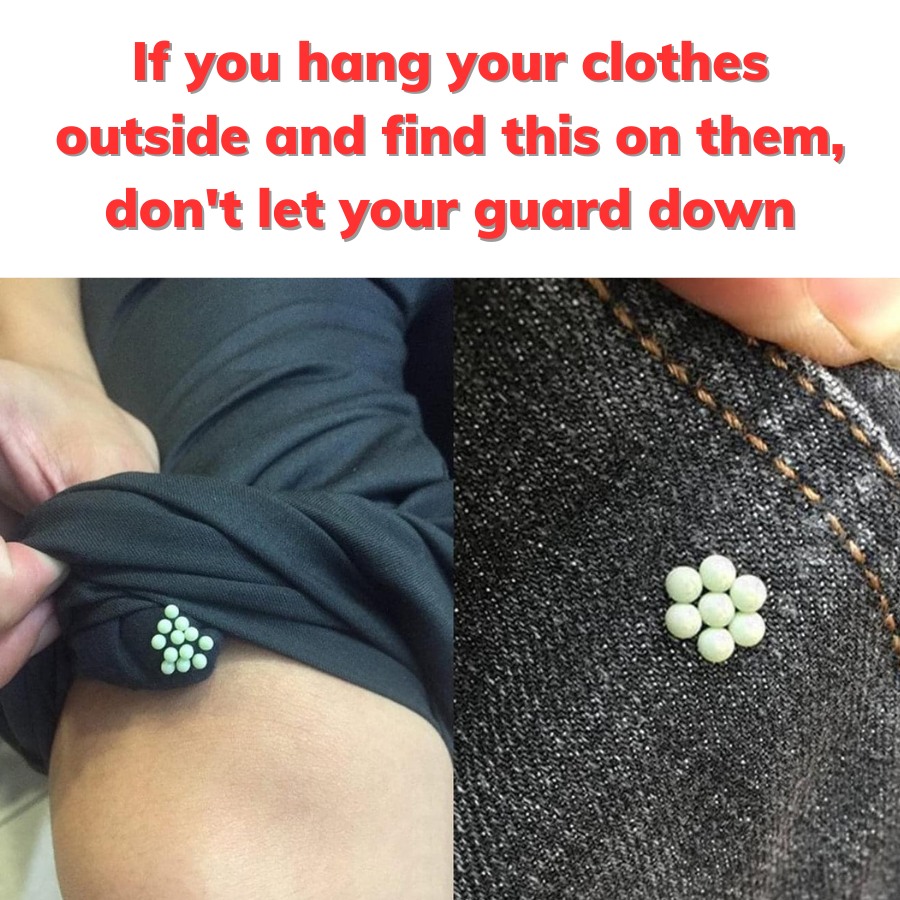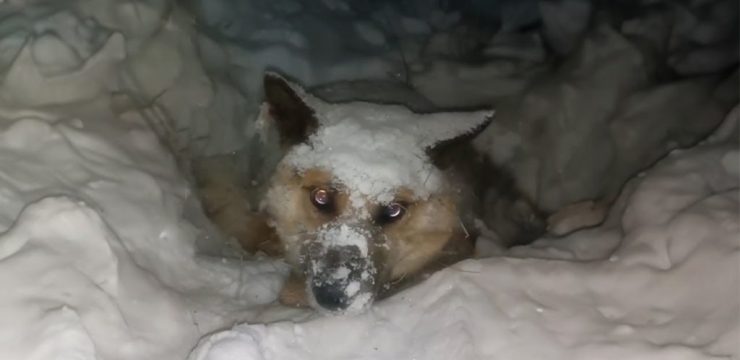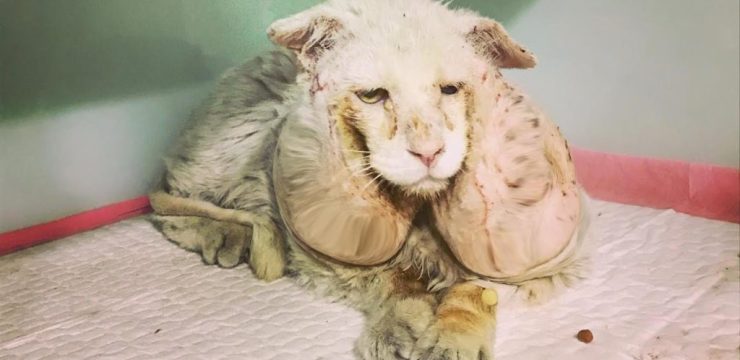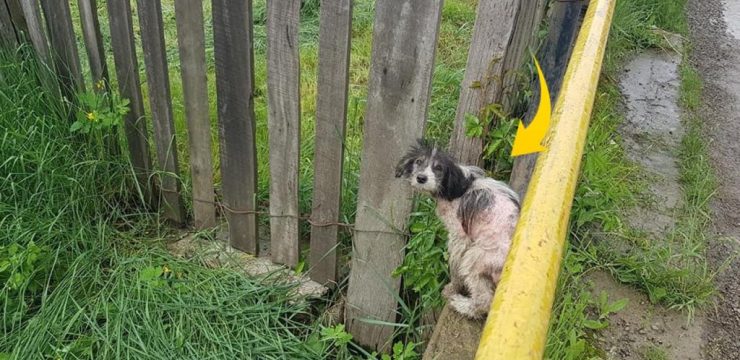If you’ve ever come across clusters of small, round pellets on a tree, you might have wondered what they are. These curious formations are actually the eggs of a common insect found: the lychee stink bug. This particular species belongs to the Tessaratomidae family, known for causing significant damage to fruit trees.
The lychee stink bug is an unmistakable sight, with its distinct yellow-brown body that can grow between 25 to 30 millimeters long. One notable feature is the white waxy coating that covers their abdomen, giving them a unique appearance. While they may not look too threatening at first glance, these insects are a major problem for lychee and longan growers.

Both the larvae and adult forms of the lychee stink bug pose a threat to these trees. They feed on the sap, which weakens the branches and reduces the fruit yield. This can lead to stunted growth and poor-quality harvests, significantly impacting the livelihood of farmers who rely on these crops.
Understanding the life cycle of these stink bugs is crucial for controlling their population and minimizing the damage they inflict. The eggs are laid in clusters, often on the underside of leaves, where they are less likely to be noticed. Once the larvae hatch, they quickly begin feeding on the tender leaves and young fruit, making early detection and intervention essential.
Controlling these pests can be challenging, as they are resilient and often require a combination of methods to effectively manage their populations. Farmers and gardeners need to be vigilant, especially during the warmer months when these bugs are most active. By recognizing the eggs and early signs of infestation, they can take preventive measures to protect their crops.
Where lychee and longan trees are popular, the presence of these stink bugs has become a familiar concern. However, with proper pest management techniques, it is possible to reduce their impact and preserve the health of the trees.
So, the next time you spot those small, round pellets on a tree, you’ll know that they aren’t just ordinary debris. They are, in fact, the eggs of a pesky insect that can cause quite a bit of trouble if left unchecked.





